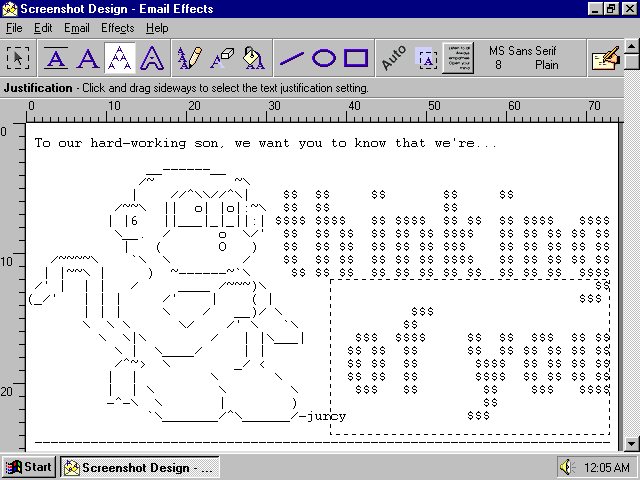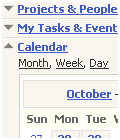Some powerful brand names include: Lexus, Red Bull, Google and Starbucks. The 9 keys that follow will help you pick the best name possible for your brand. Donât expect a name to meet all the nine requirements but if it covers more than a few youâll know you have a winner.
Key #1: Short.
Some examples of short names: Tide, Apple, Crest, Nike, Gap, TiVo, Rolex.
Some examples of names that are too long: Morgan Stanley Dean Witter, Deloitte & Touche, Bausch & Lomb, TIAA-CREF.
Key #2: Simple.
Some simple brand names: Coca-Cola, Nissan, Google, Hennessy.
Key #3: Suggestive of the category.
Some suggestive names: Blockbuster Video, Curves, Roller Blade, SnackWellâs, Palm, PlayStation.
Key #4: Unique.
Some great and unique brand names: Lexus, Xerox, Kodak, Kleenex, Sony, Kinkoâs.
Key #5: Alliterative.
Some alliterative names: Goldâs Gym, Dunkinâ Donuts, Jelly Belly, Weight Watchers, Bed, Bath & Beyond, Volvo, BlackBerry, Grey Goose.
Key #6: Speakable.
Some speakable brand names: Target, Subway, Polo, iPod, Wonderbra.
Some unspeakable brand names: Chipolte, Isaac Mizrahi, Hoechst, Dasani, HSBC.
Key #7: Spellable.
Some easy to spell names: Target, Amazon, Old Navy.
Some difficult to spell names: Daewoo, Hyundai, Abercrombie & Fitch.
Key #8: Shocking.
Some great shocking names: DieHard, Yahoo, Monster, Woot, Virgin, Yellow Tail, Red Bull, Starbucks.
Key #9: Personalized.
Some great personalized brand names: Dell, Orville Redenbacher, Newmanâs Own, Atkins, Papa Johnâs Pizza, Craigslist.com, Disney.

























